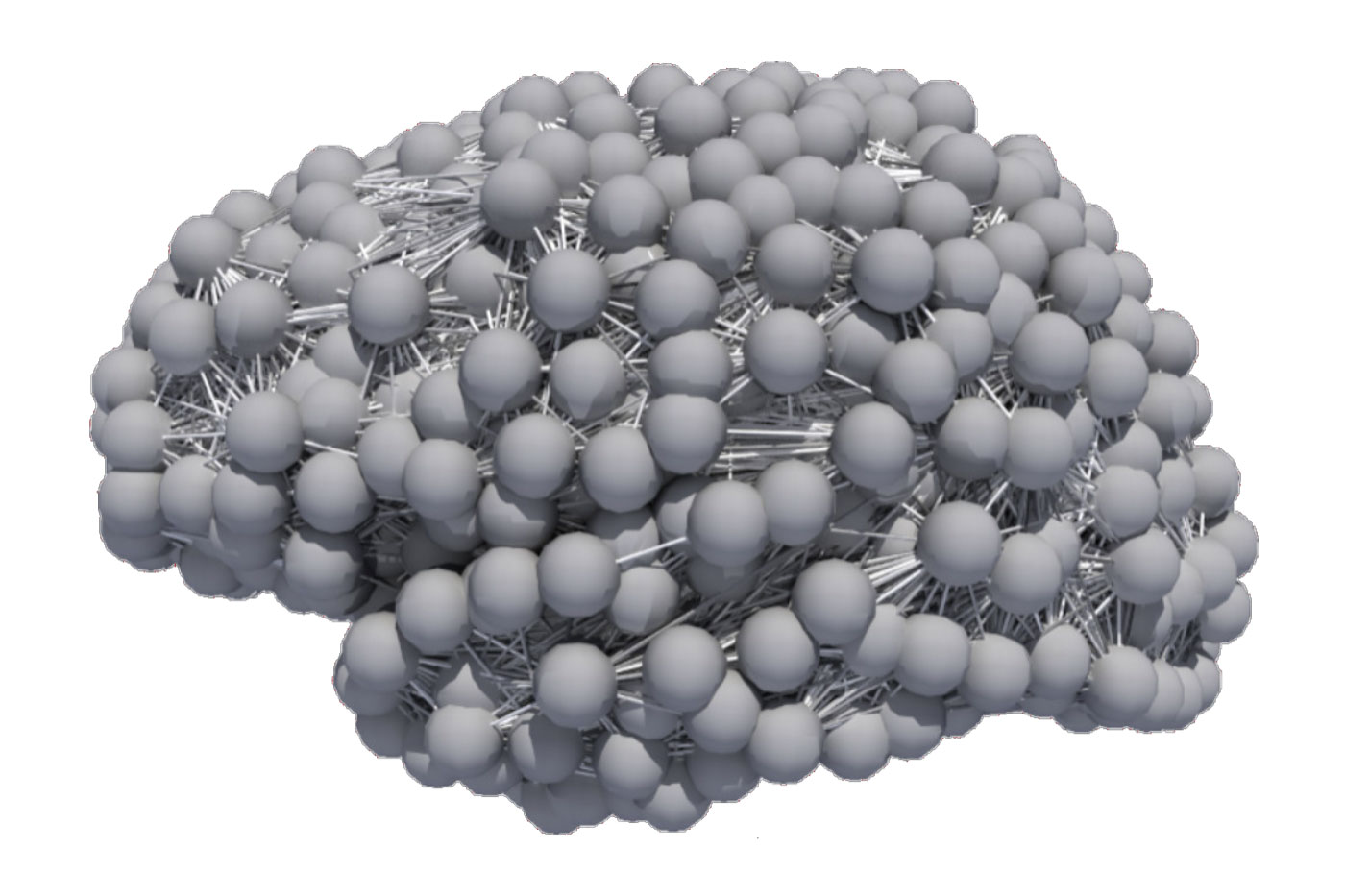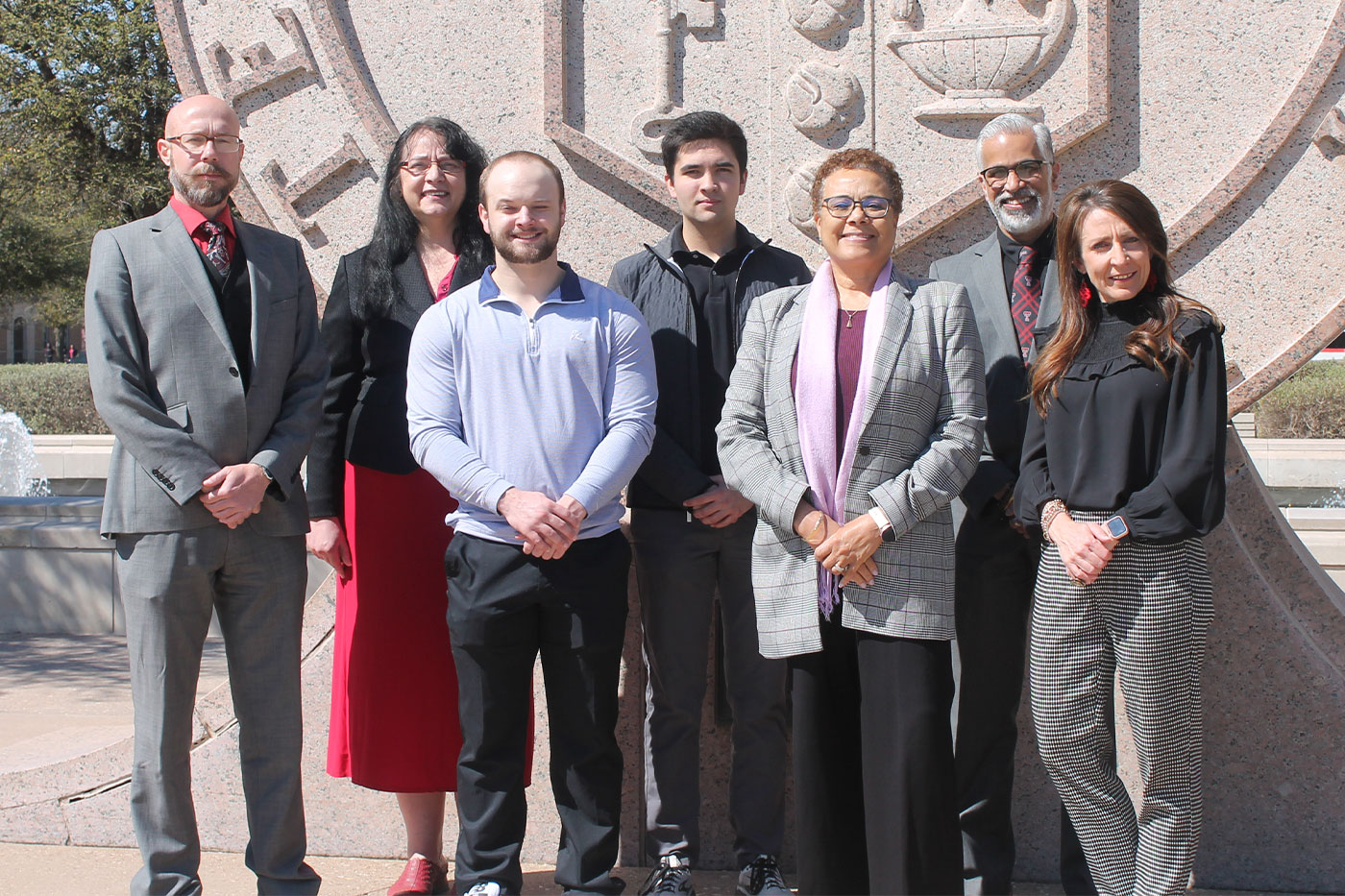Texas Tech University researchers are using math to link nutrition and diabetes to Alzheimer's.
We are getting older.
This saying applies to everyone, every day. It also describes demographic trends: In Western countries, people are living longer and birth rates are falling. As a result, the average age is steadily increasing.
This trend is expected to continue and will also bring new health issues. After all, an aging population naturally leads to an increase in age-related health problems. Among those problems are diseases such as heart disease and cancer, for which some effective treatments have been developed, but dementia currently has no effective treatment.
A group of researchers from Texas Tech University hopes to change the latter, starting with the most common form of dementia: Alzheimer's disease (AD).
In AD, certain brain proteins form toxic clumps in brain tissue. These clumps are thought to cause a significant decline in intellectual ability and may ultimately lead to death.
“Experiments conducted in the Department of Nutritional Sciences have already shown that obesity and diet may be linked to Alzheimer's disease,” said Professor Horn. Naima Mustad Moussa.
In addition to being the Horn Professor, Mustad Musa is the vice president for research at Texas Tech University and the university’s Obesity Research Society (ORI). She and a group of colleagues are leading National Institutes of Health (NIH)-funded experiments to examine how diet and other obesity-related factors are linked to AD.
“Our recently published findings show that dietary fish oil reduced levels of inflammation and toxic proteins that accumulate in the brain and are thought to contribute to Alzheimer's disease,” she said. “There are several views on how inflammation and cellular stress due to obesity and type 2 diabetes (T2D) may lead to the development of Alzheimer's disease.”
The mathematical intersection between obesity, type 2 diabetes, and Alzheimer's disease
According to the Centers for Disease Control and Prevention (CDC), 41.9% of Americans suffer from obesity. The CDC also predicts that by 2030, 33% of Americans will have diabetes, most of whom will have type 2 diabetes. Obesity and type 2 diabetes are linked to several deadly age-related diseases, including Alzheimer's, because they disrupt the balance between healthy and harmful patterns in the body.
People who are overweight, obese, or have type 2 diabetes are more likely to develop AD, and estimates suggest that up to 80% of people with AD have type 2 diabetes. These figures suggest that there is a link between factors that cause obesity, type 2 diabetes, and AD.
In its National Strategy on Hunger, Nutrition and Health, the U.S. government called on researchers to examine how modifiable risk factors, such as improving nutrition and reducing obesity and type 2 diabetes, could help slow the progression of diseases such as Alzheimer's.
Thanks to nutritional science and ORI, the experiments showing the links between obesity, type 2 diabetes, and Alzheimer's are becoming increasingly clear, but what does math have to do with this?
How do oscillators, algebra, analysis, and dynamics relate to obesity, aging, Alzheimer's, and diabetes?
“Mathematics is a language that can be used to frame and explore a wide range of interdisciplinary problems.” Magda TodaProfessor, Mathematics and Statistics at Texas Tech University. “Mathematics and statistics faculty are exceptionally skilled at collaborating across disciplines and with colleagues across Texas Tech to address important problems by developing and applying cutting-edge mathematical theories and methods.”
“The National Science Foundation's (NSF) most recent strategic plan calls for us to consider the science of aging and the science of complex, non-equilibrium systems such as those found in physics and biology. The diverse skill sets of our mathematics and statistics faculty enable us to collaborate with our colleagues to tackle strategic and challenging interdisciplinary problems.”
The convergence of these disciplines makes Texas Tech an ideal partner for NSF and NIH.
“If you live in the southern United States and want to work on the mathematics of neurodegenerative diseases, Texas Tech is one of the best places to do it right now.” Travis Thompson“From obesity, diabetes and nutrition to food and crop sustainability, aging, the brain and Alzheimer's disease, some of the best interdisciplinary research laboratories in the country are here in Lubbock, Texas,” said , assistant professor of mathematics and statistics.
Thompson, an affiliated faculty member at ORI, recently received a $519,500 grant from NSF to lead a three-year project investigating the deeper connections between obesity, type 2 diabetes and Alzheimer's disease.
“We have the biology, lab and math expertise on campus at Texas Tech to tackle this problem,” he explained. “Obviously, the problem is incredibly difficult, but that's the benefit of having mathematicians working with the obesity and diabetes experts at ORI and Nutrition Sciences.”
The project draws on the interdisciplinary experience of Thompson and Mustad Moussa, associate professor. Vijay Hegdeis pioneering the use of NIH-funded diabetes drugs as treatments for AD and cancer, developing new mathematical models that can link cellular stress, inflammation, and insulin imbalance.
“Too much insulin, as we see in type 2 diabetes, can turn on certain signals in the brain that make harmful proteins in Alzheimer's even worse,” Hegde explained. “And too much insulin could make it harder for the brain to get rid of these toxic proteins before they actually do damage.”

New scientific computing tools can solve these types of models, combining experimental data with data from Alzheimer's patients. Mathematically, the group uses high-dimensional differential equations imposed on human brain networks, like the one shown above. Thompson first worked on these types of systems while at Oxford University.
The group also plans to develop computational tools to help researchers define and solve complex network dynamics models for their own studies.
“We can analyse some of the properties of these systems using just pen-and-paper mathematical techniques,” Thompson explains, “and with the right computing tools, we can also use large-scale simulations that use machine learning techniques to populate the models with real data to study how these complex systems evolve, such as AD in the brains of people with diabetes or obesity.”
But the road won’t be easy. To tackle this daunting task, Thompson, Musted Mutha, and Hegde enlisted mathematics doctoral student Bradley Vigil, a Hildebrand Fellow and Presidential Merit Scholar, and undergraduate student Robert Young, a Presidential Merit Scholar, CISER Scholar, TrUE Scholar, and Honors College mathematics student.
“We're really fortunate to have such interdisciplinary talent on the project team as David and David,” Thompson says. “They know math, they know computers, and they're picking up the medical side of things very quickly. Their abilities are really impressive.”
“We are extremely proud of the research being conducted by our mathematics graduates and undergraduates,” Toda said. “Texas Tech has outstanding students, and the research they conduct every day helps solve important scientific challenges facing society, such as AD.”
Texas Tech University is helping Texans
“This research has applications right around the corner,” Molly Forman explained.
Forman is the northern region program director for the Texas A&M AgriLife Research and Extension Center. He and Mustad Musa are pioneers in bringing Texas Tech nutrition science to many communities across Texas. They are leading a USDA-funded project that brings AgriLife team members and Texas Tech undergraduate students to conduct research and internships in community nutrition and health education across the state.
This effort, coupled with new mathematical analysis, could bring about big changes while also providing positive benefits to Texas.
“Mathematics, combined with data and the expert guidance of interdisciplinary colleagues, can build new and novel ways to connect data with decision makers targeting local, regional and national strategic initiatives while also directly improving the lives of Texans,” Toda said.

Following this vision, Thompson, Vigil and Young will build on both the experimental advances and community integration developed by Musted-Musa, Folman and Hegde, incorporating their expertise and data into mathematical models and joining AgriLife team members in the field to enhance the nutritional security of Texas families.
“If math and experimental data can help us understand what foods and lifestyle choices may reduce the risk of diseases like Alzheimer's, that's a holistic field that we can certainly leverage to benefit Texans,” Forman said.
For Thompson, this multi-layered project is a chance to showcase the university’s true strengths while doing impactful work.
“The real strength of Texas Tech is Texans,” he said. “If math can help Americans live longer, healthier lives and reduce the risk of our loved ones developing terrible diseases like Alzheimer's as they age, then as Texans we are willing to rise to that challenge.”
“From Here, It's Possible™.”


